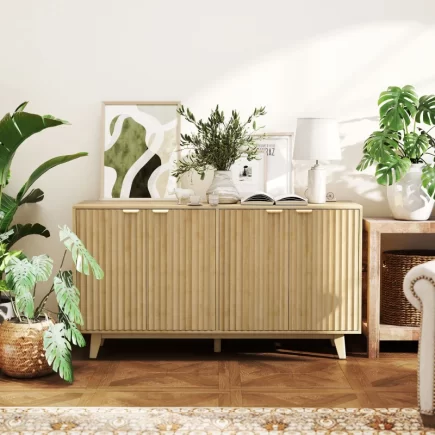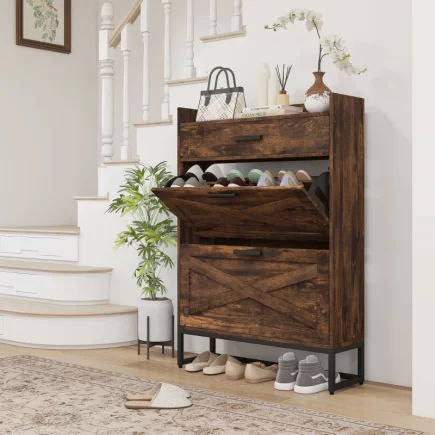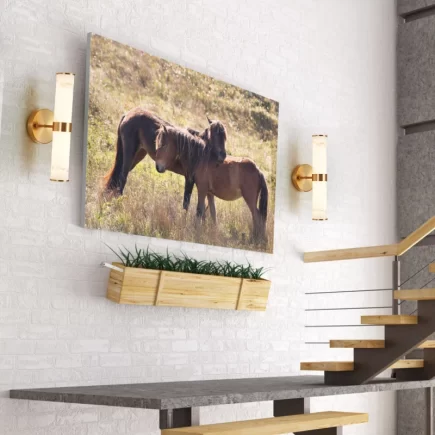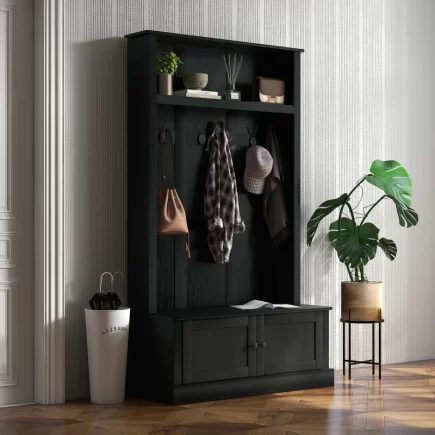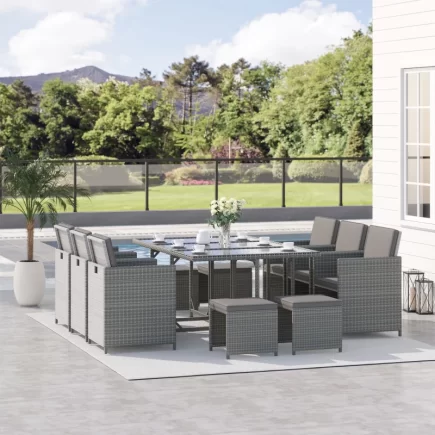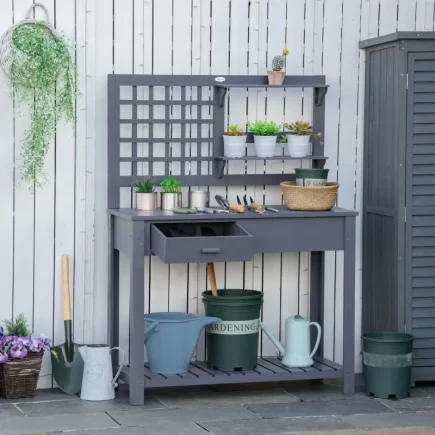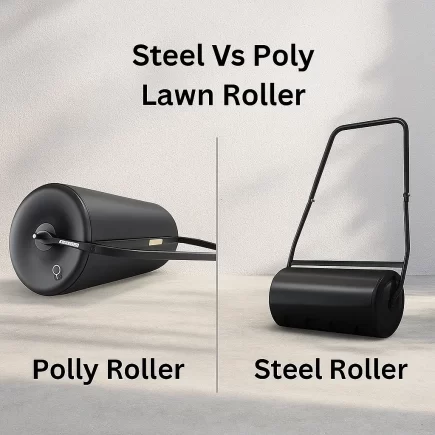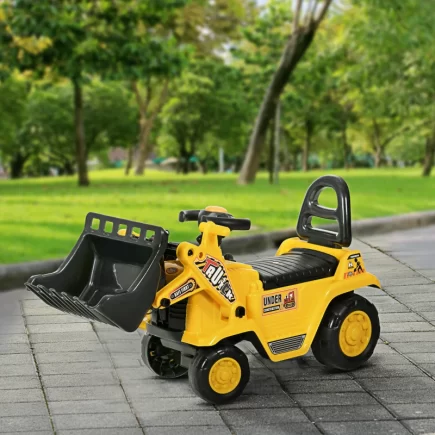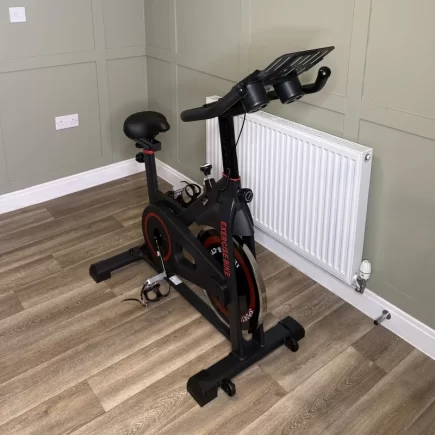Winter can be a challenging season for gardeners, but with the right strategies, your greenhouse can continue to thrive even through the harshest months. Keeping your greenhouse warm is essential not only for plant health but also for maximizing productivity and extending the growing season.

Heating Systems for Greenhouses
The first thing you need to do to maintain a warm greenhouse is choose the right heating system.
Solar Heating
Solar heating systems utilize the abundant energy from the sun to maintain a warm and stable environment inside your greenhouse. By integrating solar panels or solar collectors, you can harness solar energy, store it during the day, and circulate it to regulate the greenhouse temperature, even during cooler nights. Solar heating is an eco-friendly and long-term solution to keeping your greenhouse warm.
- Evaluate Location and Sun Exposure: Ensure your greenhouse receives adequate sunlight, preferably south-facing in the Northern Hemisphere. Avoid shading from trees or buildings.
- Choose the Right System
- Solar Panels: Convert sunlight into electricity to power heating systems, fans, or circulation pumps.
- Solar Collectors: Capture heat directly with blackened metal pipes or plates, circulating water or air for heat transfer.
- Solar Air Heaters: Circulate warm air for to medium-sized to small greenhouses.
- Determine System Size: Install at least 1 square meter of solar collectors for every 10 square meters of greenhouse space, adjusting based on climate and crop needs.
- Battery Storage Systems: To get the most out of your solar heating system during winter, consider adding a battery storage unit. This allows you to store excess energy captured during daylight hours, which can then be used to maintain heat throughout the night.
- Cost Considerations and Incentives: While initial costs are higher, solar heating provides long-term savings. Look into local incentives or rebates to reduce upfront costs.

Insulation Techniques
Heating is only half the equation. Insulation ensures the warmth stays where it’s needed. Here are some practical ways to retain heat:
- Insulation Blankets or Curtains
Cover your greenhouse with thick blankets or thermal curtains at night to trap warmth inside. You can purchase specialized greenhouse blankets or use homemade options for a cost-effective approach. This method is great for temporary protection against sudden cold snaps.
- Use Plastic Film
For a budget-friendly solution, use plastic film as a barrier to reduce heat loss. Regular plastic sheeting works well for milder climates, while double-layered plastic with trapped air provides better insulation for harsher winters. The extra layer mimics the effect of double-glazed windows, ensuring better temperature retention.

- Bubble Wrap
Bubble wrap is an inexpensive yet effective insulation material for small greenhouses. Use horticultural-grade bubble wrap, which is resistant to UV rays and allows light to pass through while keeping the cold out.
- Foam Plastic Boards
For small or medium-sized setups, foam plastic boards offer lightweight and removable insulation. Attach them to interior walls or ceilings to prevent heat from escaping.
- Windbreaks
Install windbreak structures or plant thick foliage around your greenhouse. These barriers block chilly winds and reduce the wind chill factor, helping to maintain a stable internal temperature. Bonus? They also enhance the aesthetics of your garden!
Advanced Options for Temperature Control
If you want more control over your greenhouse conditions, consider these high-tech solutions:
Smart Climate Control Systems
Smart climate control systems rely on sensors to monitor factors like temperature and humidity in real-time. They automatically adjust heating, ventilation, and cooling systems as needed, based on the specific needs of your plants.
Thermal Curtain Systems
Thermal curtains unfold automatically at night to reduce heat loss. Pair this with a climate screen to optimize light, humidity, and temperature settings.
Humidity Control
In addition to temperature regulation, maintaining optimal humidity levels is crucial. Use humidistats or a hygrometer to monitor moisture levels in the air, adjusting them as necessary to prevent plant stress or the growth of mold.
Geothermal Heating
Tap into the Earth’s natural heat with a geothermal system to keep your greenhouse temperature stable, even in freezing winter conditions. While this requires initial setup, it’s a reliable, energy-efficient solution for long-term use.

Creative Solutions for Sustainability
Consider combining warmth and efficiency with these eco-friendly heating methods:
Greenhouse-Livestock Integrated System
Warm your greenhouse naturally with heat from livestock. Animals produce heat through body temperature and manure fermentation, which can be directed into a greenhouse for sustainable and cost-effective heating.

Temperature Regulation for Plant Health
Consistent temperatures are crucial for healthy plant growth. Fluctuations can stress plants, slowing their development. Here’s how to regulate temperatures effectively:
- Thermometers: Use a reliable thermometer to monitor the greenhouse temperature. Digital models that display minimum and maximum readings are particularly helpful.
- Programmable Thermostats: Save energy and maintain a constant temperature by programming thermostats to kick on only when temperatures drop below your desired level.
- Ventilation Systems: Prevent humidity buildup and ensure airflow by installing adjustable ventilation. Stagnant air can lead to mold or fungal issues, so regular monitoring is essential.

Winter Greenhouse Maintenance Tips
A well-maintained greenhouse saves energy, prevents costly repairs, and helps your plants thrive even in the harshest winters. By following the steps below, you’ll not only extend the life of your greenhouse but you’ll also create a healthy, energy-efficient home for your plants.
- Keep the Cold Out with Insulation: Inspect and repair insulation materials like plastic films and bubble wrap.
- Fresh Air, Happy Plants: Ensure proper ventilation and airflow to prevent mold and maintain humidity.
- Stay on Top of Thermostat Settings: Regularly check thermostat settings or upgrade to a programmable option for precision.
- Build a Shield Against Winter Winds: Trim branches and secure structures to protect from wind damage.
- Maximize Solar Heating Efficiency: Keep solar panels clean to ensure optimal sunlight capture.
- Seal Up Those Sneaky Leaks: Check for and seal leaks in plastic coverings to retain heat.
- Prevent Water Woes: Protect watering systems from freezing and regulate humidity.
- Livestock Heating? Keep Things Cozy: Maintain a healthy environment for livestock and ensure safe heat transfer to the greenhouse.
- Snow Management: If you live in an area with heavy snowfall, it’s important to regularly remove snow from the greenhouse roof. Accumulated snow can block light and place strain on the structure, leading to potential damage.

Wrapping It Up
Planning ahead and consistently maintaining your Greenhouse will ensure it remains a productive, safe environment for your plants throughout the winter. Keep track of your heating and insulation systems, and don’t hesitate to adjust your methods as needed to keep everything in balance.
FAQs
1. Why is it important to keep a greenhouse warm during winter?
Maintaining warmth in winter protects plants from frost, promotes growth, and extends the growing season for crops and flowers.
2. What is the most efficient way to heat a greenhouse in winter?
Solar heating is one of the most efficient and eco-friendly options. Pair it with insulation techniques like bubble wrap or thermal curtains for best results.
3. What temperature should a greenhouse be maintained at in winter?
Most plants thrive in a winter greenhouse temperature range of 45°F to 75°F (7°C to 24°C) depending on the plant species.
- Cool-weather crops (kale, spinach): 45–55°F (7–13°C) at night.
- Warm-weather crops (tomatoes, peppers): 60–70°F (15–21°C) daytime, ≥55°F (13°C) at night.
- Tropical plants: Never below 60°F (15°C).
Regional notes: Northern states may need extra heating/insulation, while Southern greenhouses often rely on passive solar. Use thermostats to manage swings.


